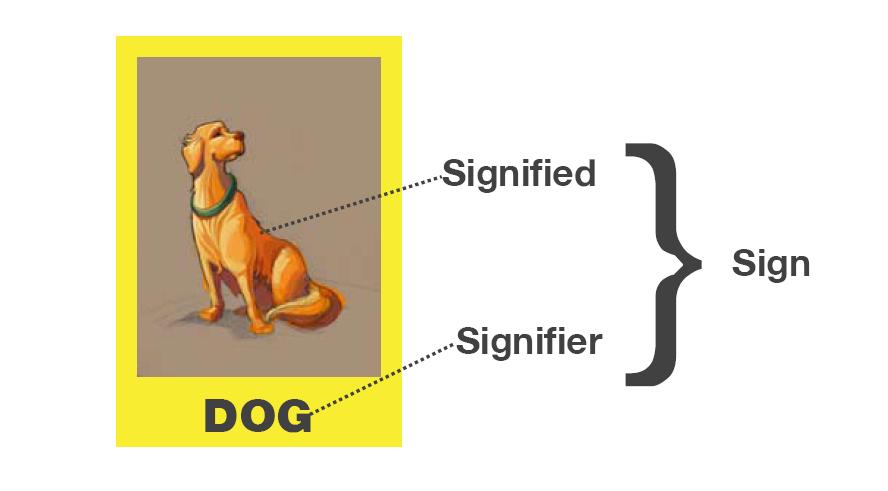What is Semiotic Analysis?
Our world is a composite of signs that have literal and non-literal meanings. A positive sign to one person, may be negative to another. There are generational and cultural differences, constantly evolving meanings and social norms, presented by the signs that make up our community and the business and government within it. Our leaders may intend to say something, yet say quite the opposite.
Semiotics is the study of signs and sign processes, from cultural representations to languages, to warning signs, brands and emojis. Understanding semiotics is a valuable tool to complement other consumer insights methods, yet more so as an observation of the signs and its meanings. It can be valuable in identifying emerging trends and opportunities and to enhance inclusivity and exclusivity.
For example, a workplace or neighbourhood may voice the intention to be seen as vibrant and evolving, yet an abundance of ‘no’ < insert infringement > warning signs, excessive clean and order and linear design may communicate quite the opposite. One city may be viewed more exciting and progressive than another, simply from the signs it presents and how the community and visitors interpret these.
Logo’s such as McDonald’s and Coke intend to present trusted brands globally, yet have different cultural and generational interpretations. For a young child the golden arches may say ‘fun playground’ while a health conscious or anti-capitalism individual may view Ronald McDonald as Beelzebub.
Semiotics allows for the identification of emerging trends, and to build empathy of different segments of the community. While a non-authorised graffiti tag may be viewed as a disgraceful and inexcusable abuse of public property, another may view it as a welcome representation of non-conformity and rebellion.
While a well organised and clean city may indicate safety for some, it may indicate boring, risk averse and unnaturally controlled to others. Language, cultural background, socio-economics and other factors influence how people read the signs that surround us.
Framework:
As noted above, semiotics is the study of ‘signs.’
It identifies signs having two key components …
- Signifier: Physical sign – sounds, images or letters conveying meaning
- Signified: Personal interpretation of a signifier (as above)
There are three forms of the Signifier …
- Icons: A physical resemblance to the object – map, sound or picture
- Symbol: No physical resemblance – toilet door, brand or warning sign
- Index: Exists because of the existence of signifier – eg smoke = fire
There are also three components of the Signified …
- Denotation: Literal meaning of sign – dictionary or non-ambiguous
- Connotation: Meaning to the individual – what the sign means to ‘me’
- Myth: An extended metaphor – social and cultural stories and values
A semiotic analysis starts with collecting signs from a …
- Category (e.g. brand logos, advertising and other communications of fast food, insurance, beverage, banking et cetera);
- Culture (e.g. lots of photos, digital, print and other media of different geographic regions and/or cities) can provide rich data to identify patterns; and/or
- Art, literature, movies et cetera.
Then follows sorting the signs from the category or culture into 1) icons, 2) symbols and 3) index and then into key themes that allow for the categorisation of the signs. For example, legal and warnings, nature and the environment, money and finance, conformity, inclusiveness, and representations of housing, shopping and other themes.

Analysing the themes of the collected signs is possible by applying …
- Denotation – eg. dictionary and literal meaning of the theme);
- Connotation – e.g. overlaying potential individual meaning and/or utilising qualitative (or quantitive) research to understand cultural, generational, target audience and other meanings
- Myth – eg. religion, astrology, Chinese zodiac, mythology, cultural trends and society rules, laws and morales
Narrowing the themes to the key differentiators allows for a clear impression of the category or culture to be built. Reporting of the semiotic analysis may be via visual and text summarising of the each key themes.


Subscribe to Think! eMag
Mapping allows for the key themes to be better interpreted by defining axis to visually present the category or culture. For example …
- Traditional > Emerging
- Exclusive > Inclusive
- Conformist > Non-conformist
- Social > Personal
- Affirming > Inventing

Mapping signs (eg. logos, icons, pictures etc) on the X and Y axis can provide valuable understanding of the category or culture. Creating distinctive maps for different geographic regions, generations and cultures can be valuable to compare and contrast and to identify opportunities to innovate.




Semiotics is valuable in highlighting evolving categories and culture. Mapping changes in conversation around equity (eg. gender, marriage, #metoo); technology (eg. influence of social media, changing definitions of community, addiction, communications and global networks); the influence of globalisation (eg. loss of cultural identity, opposing pull towards thinking / shopping local, cultural influence of immigration and food); and evolving branding (eg. brand identity / logo trends, disruption, colour and evolving media) is valuable in understanding our evolution.
Rather than just accepting the changing category and culture, semiotics can be a worthwhile process to conceptualise cultural and generational differences in how the signs that make up our world are interpreted. This can provide valuable illumination for innovation, particularly when triangulated with other quantitative and qualitative research of our evolving communities.




